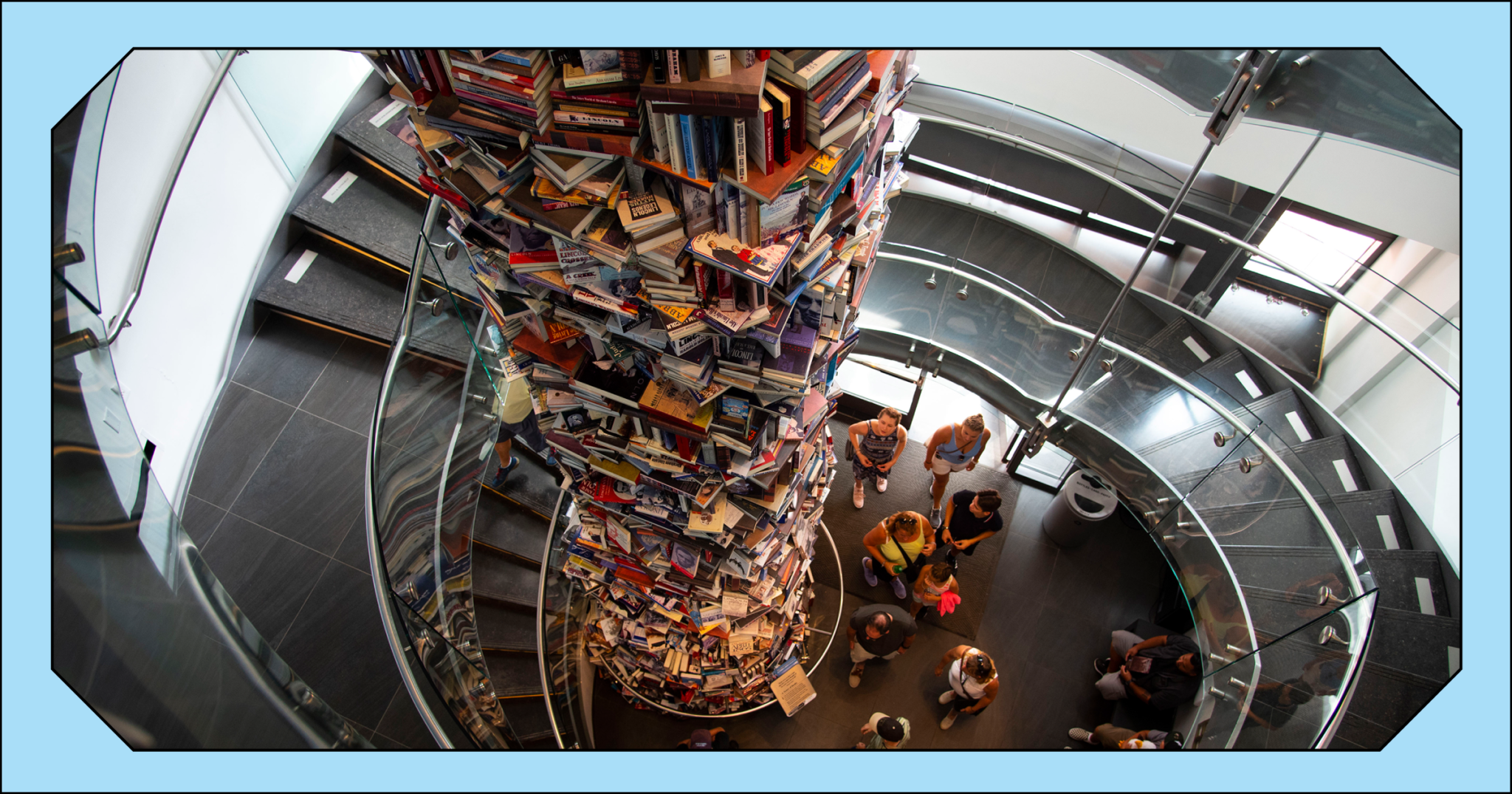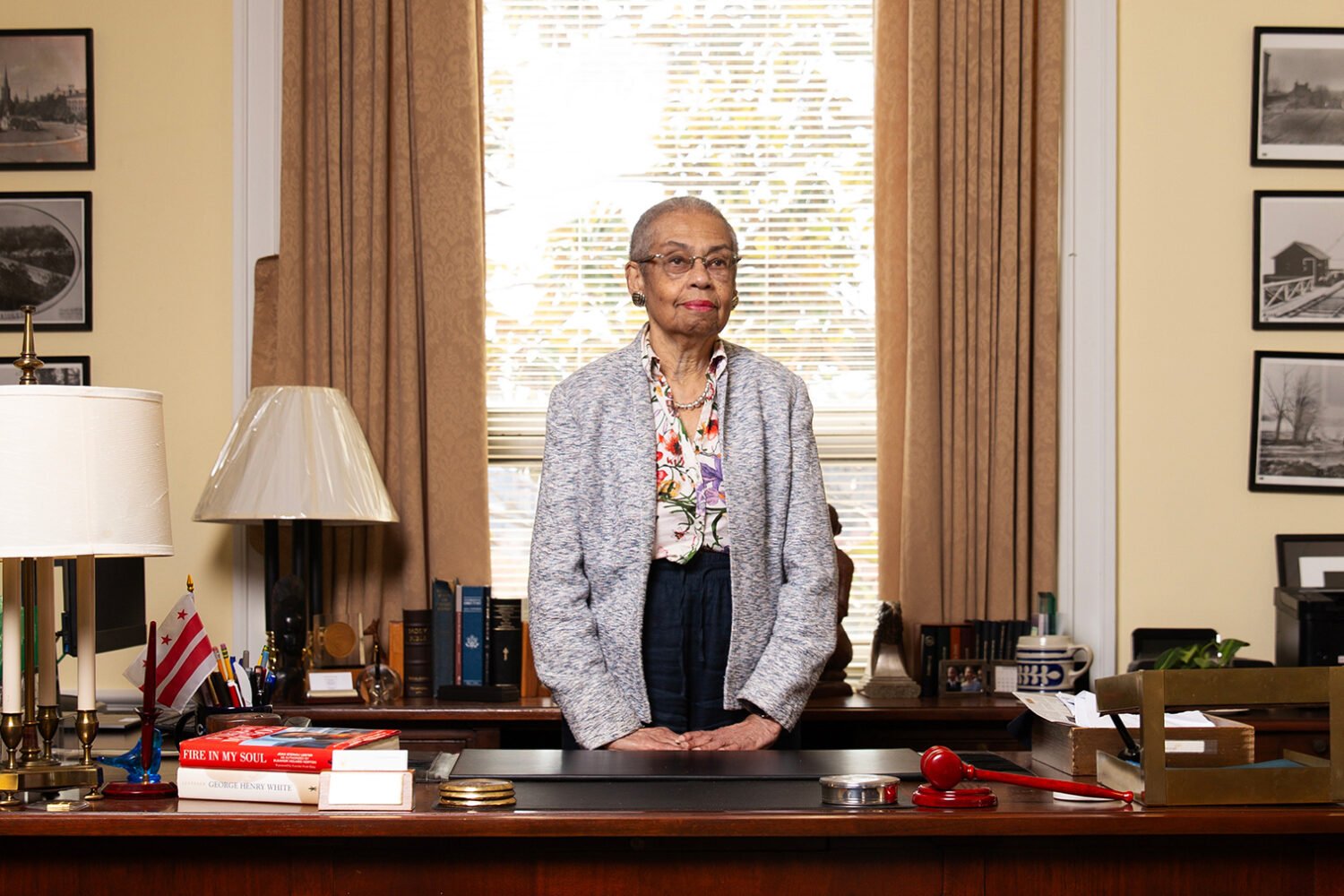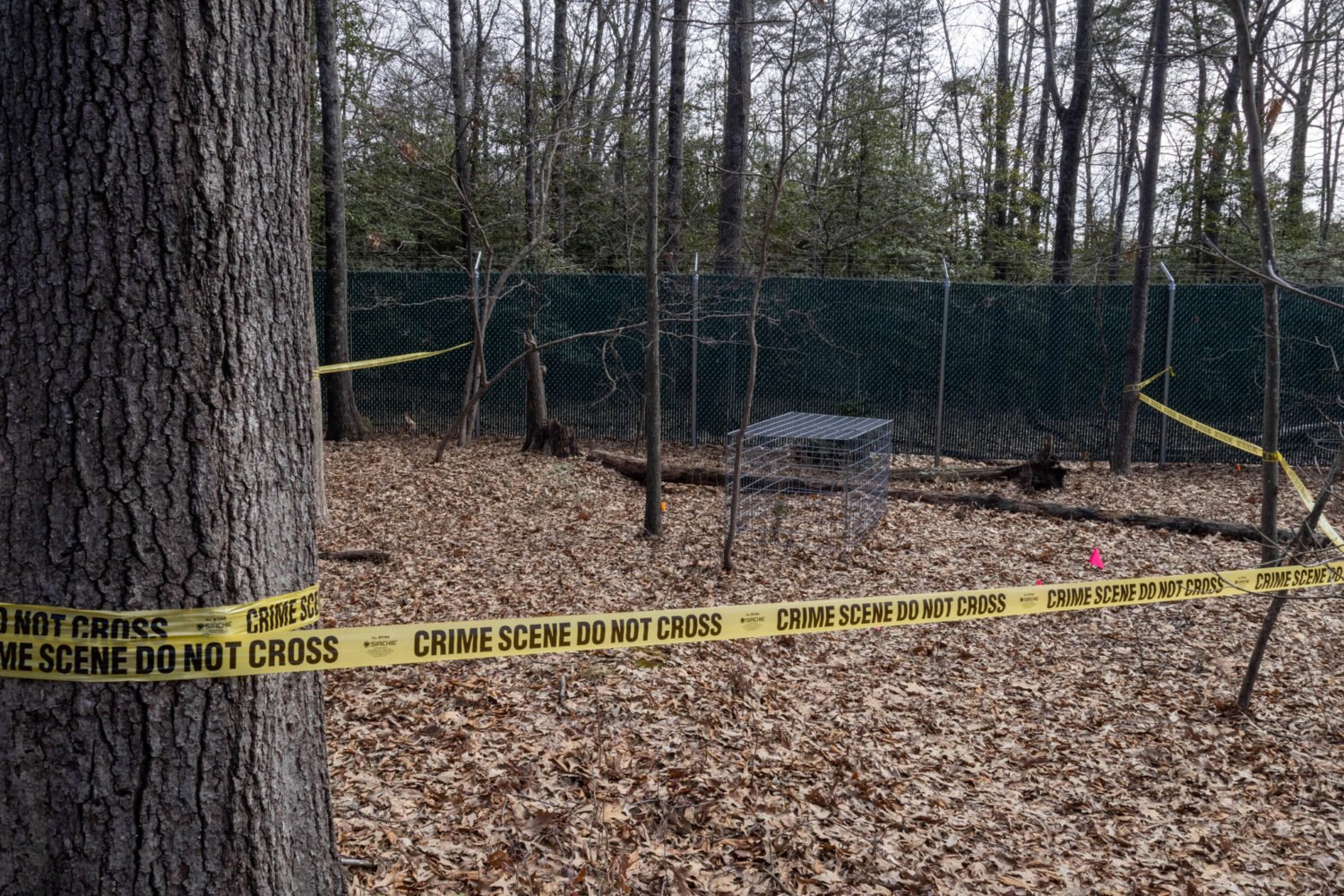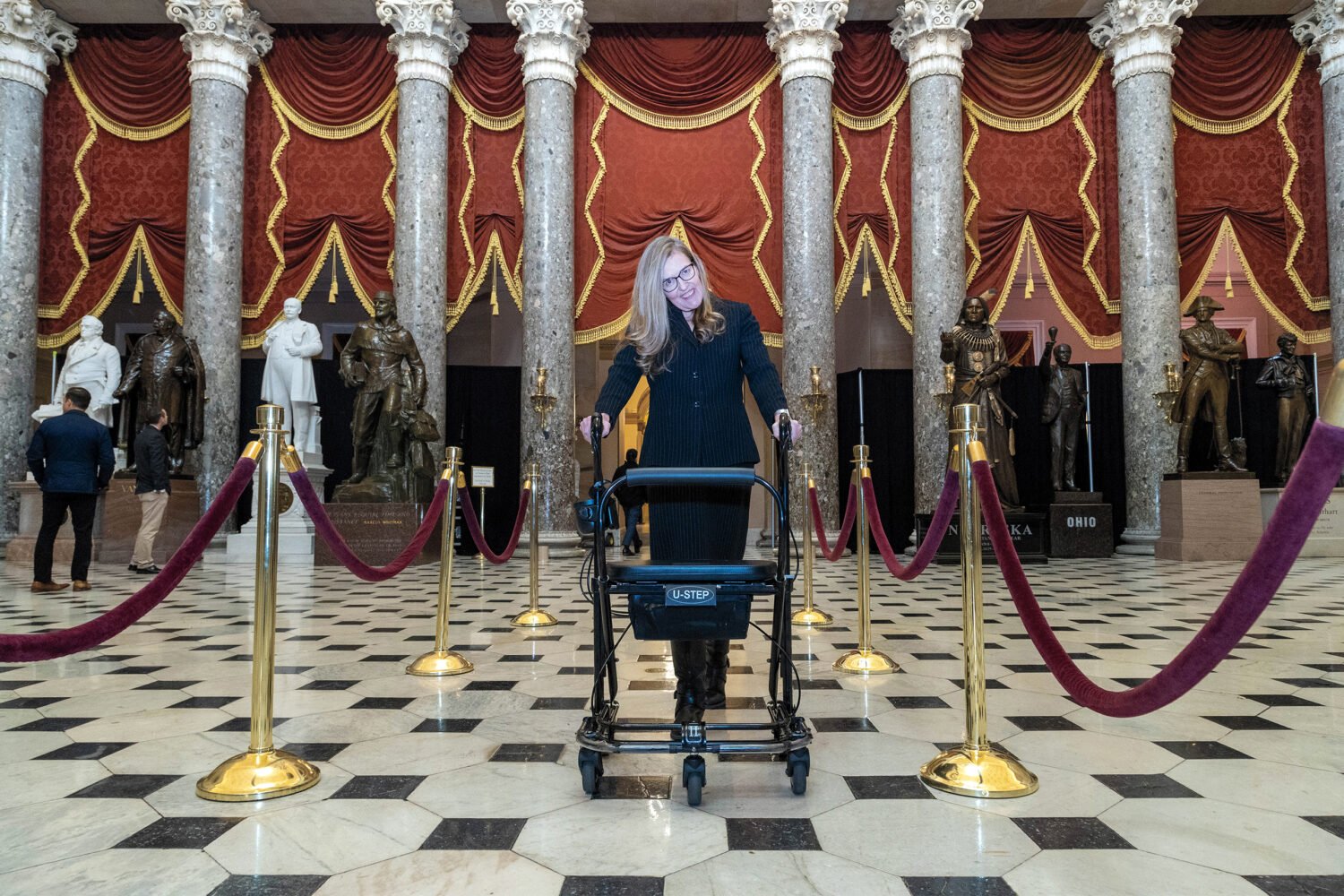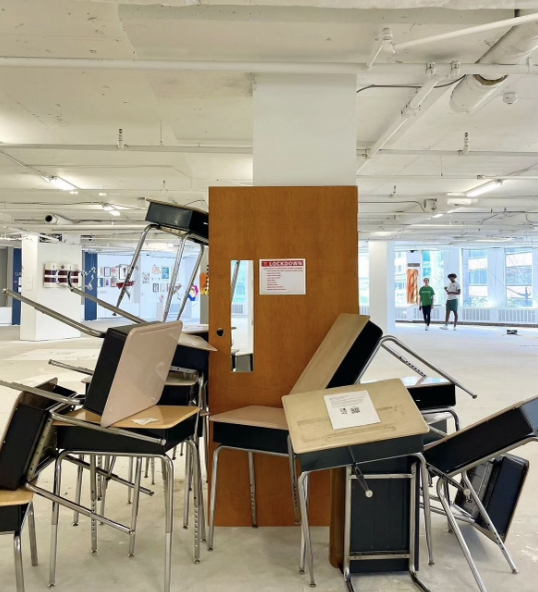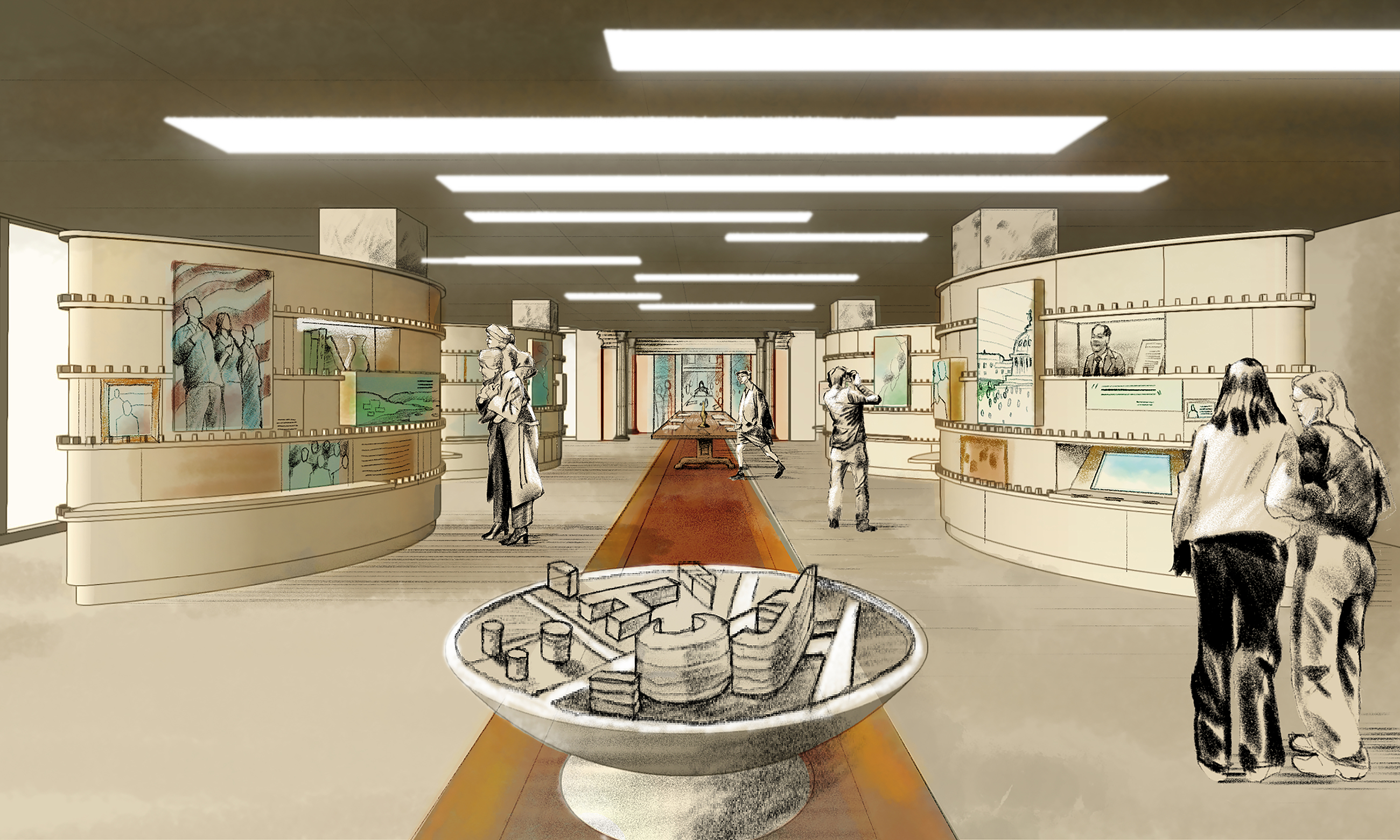Contents
Museums
Four museums hidden in or near other institutions
National Inventors Hall of Fame
600 Dulany St., Alexandria
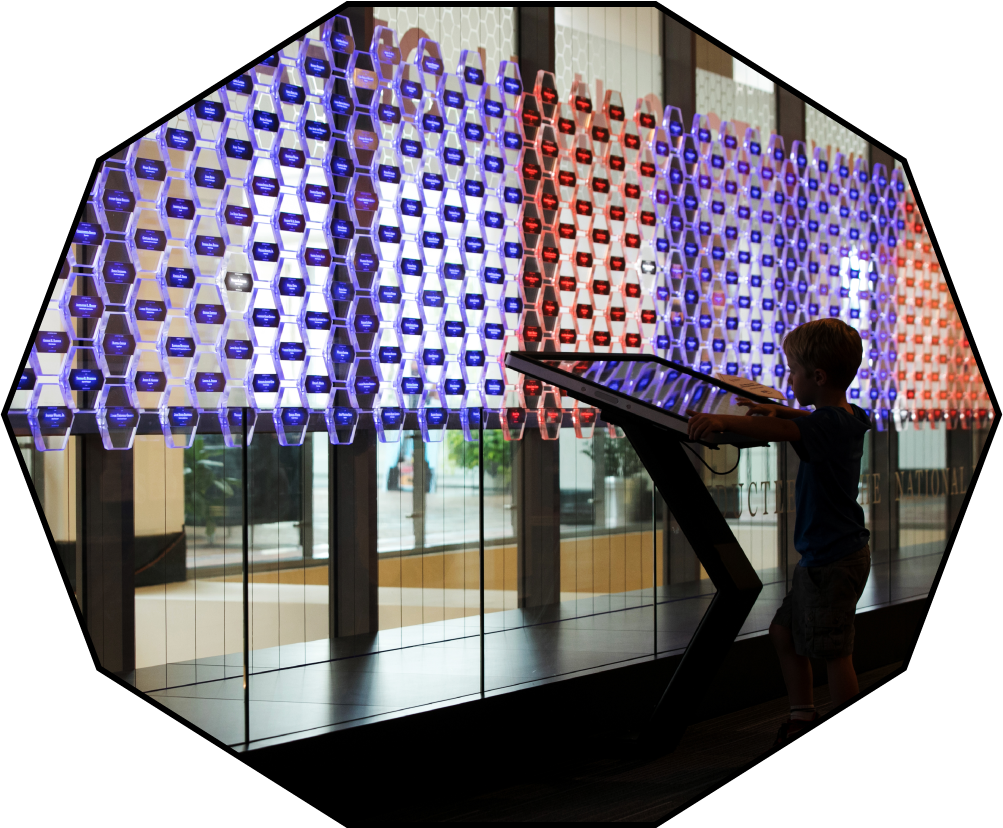
On the ground floor of the United States Patent and Trademark Office, this museum covers inventors past and present, some well known and others more obscure. Highlights include an exhibit that teaches you how to identify counterfeit products as well as a Mustang you can sit in–it’s constructed from half of a 1965 model and half of a 2015 model to show the evolution of cars.
Back to Top
Textile Museum
701 21st St., NW
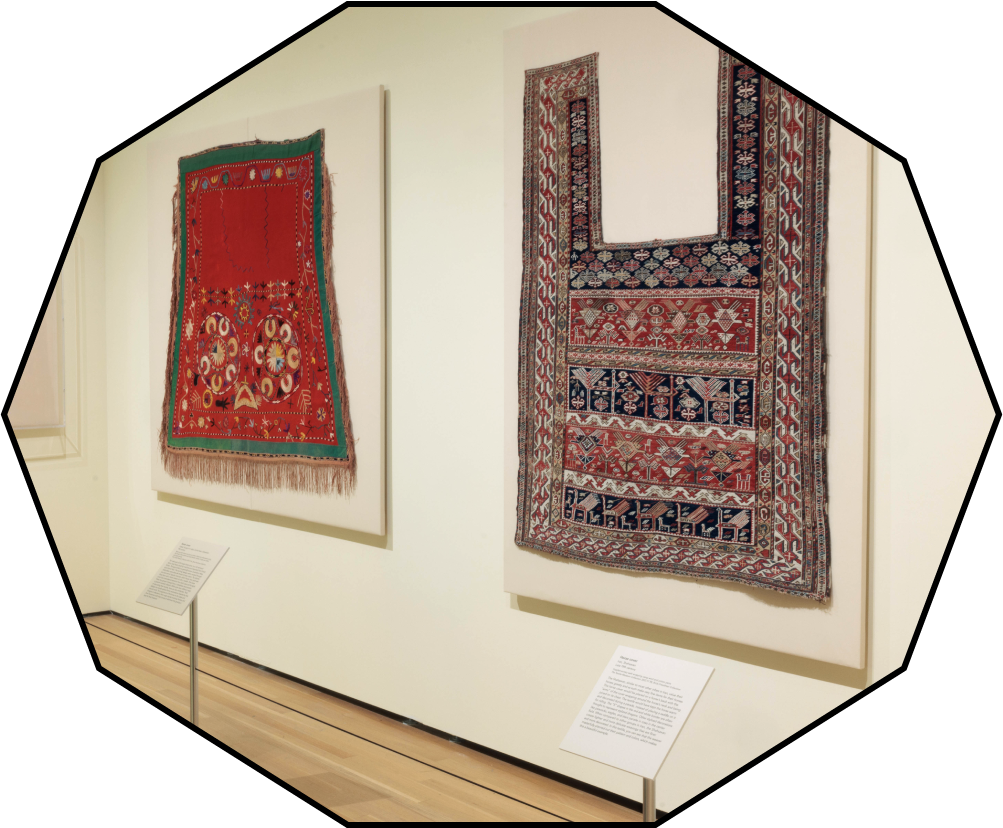
Sure, the museum (for many years on S Street) shares its name with the George Washington University Museum, but it’s still worth exploring in its own right. A current exhibit features fabrics and fibers depicting animals, including clothes woven for animals to actually wear. After getting inspired by techniques from around the globe, try weaving on an interactive loom.
Back to Top
National Cryptologic Museum
8290 Colony Seven Rd., Annapolis Junction
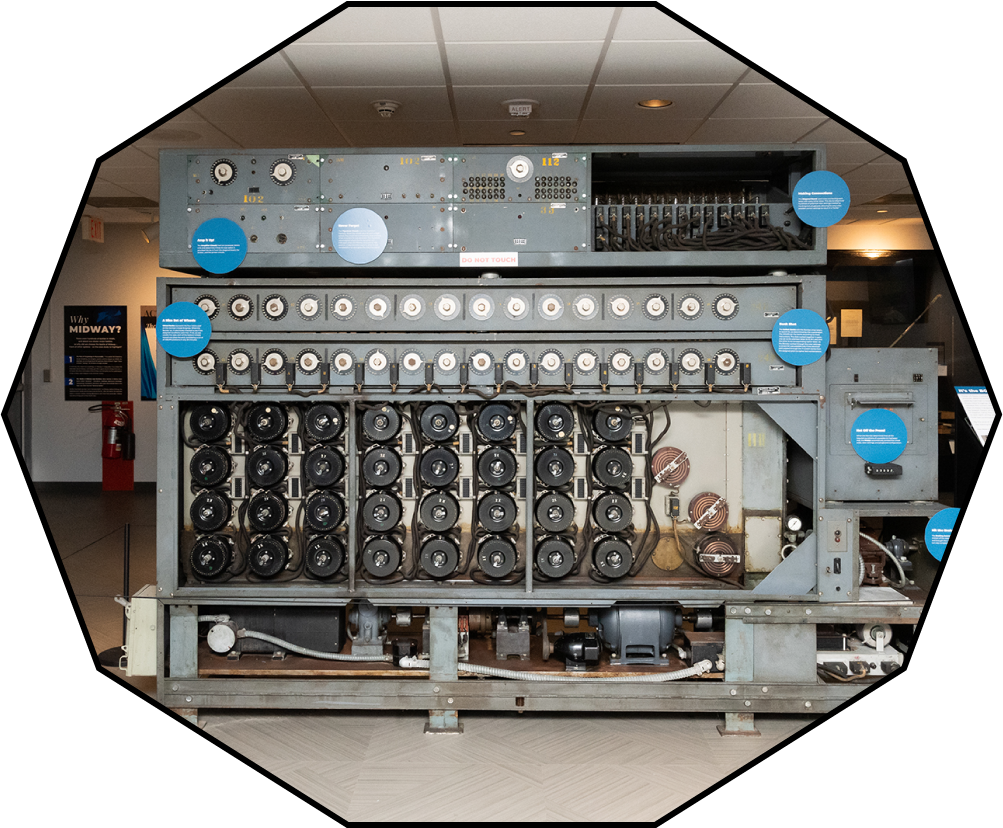
Have you ever seen the machine that generated the nuclear codes? The answer is likely no, given that it was first put on view for the public in 2022 a few blocks from NSA headquarters. The museum housing it covers the history of how the US deciphered enemy codes and communicated secrets to our allies. Play codebreaker on two WWII-era Enigma machines that are still in working condition.
Back to Top
Ford’s Theatre Museum
511 Tenth St., NW
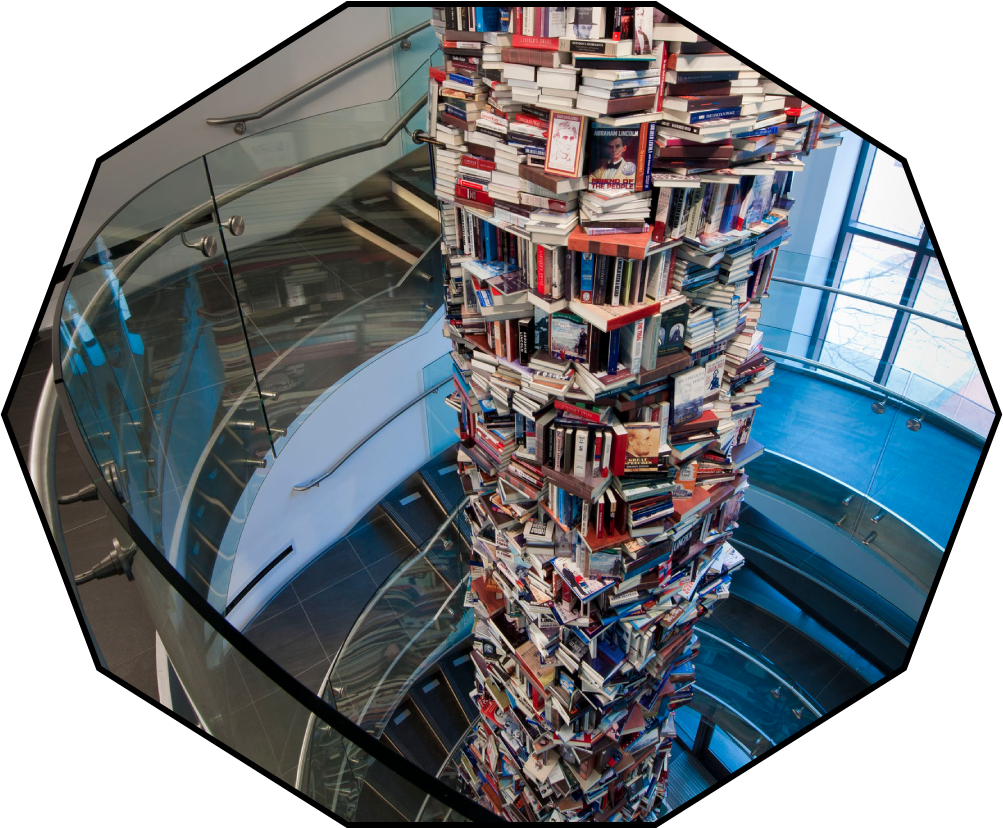
The museum features a 34-foot-tall tower built with 15,000 Lincoln-focused books as well as the pistol that killed him in that very theater.
Art and Antique Collection
Back to TopHarry S. Truman Building
2201 C St., NW
An office building holds an amazing collection of furniture and decor from early America
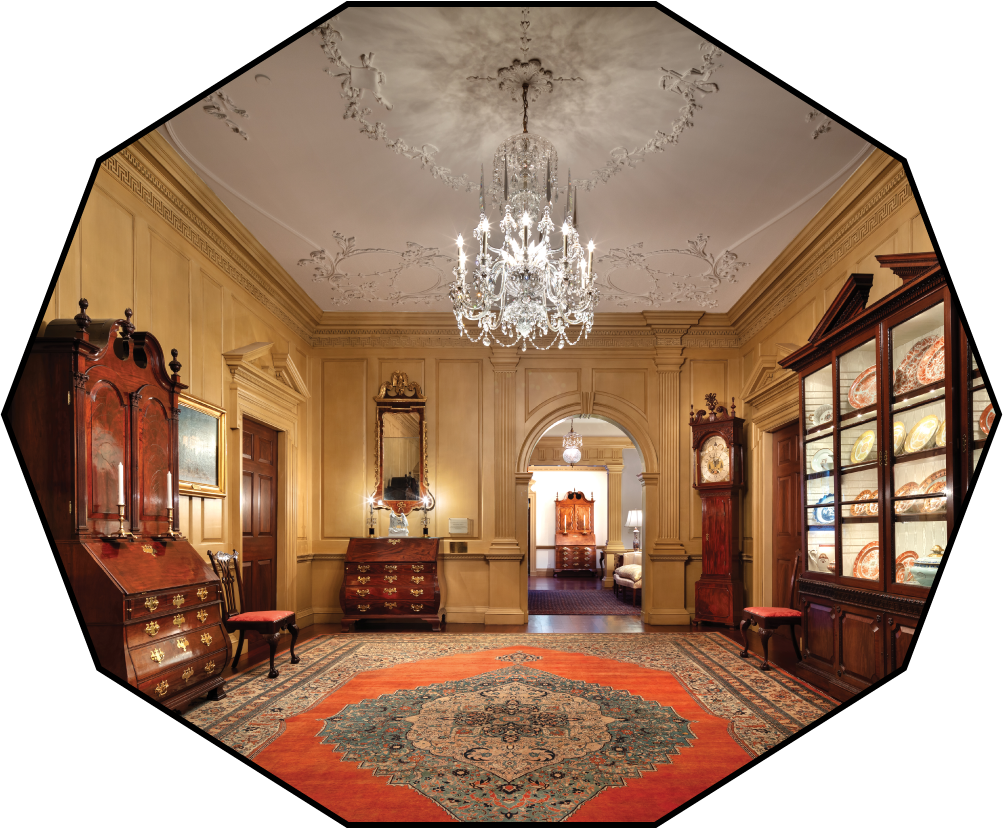
Some of the oldest, finest art and antiques in Washington sit not in a Smithsonian museum but on the top two floors of the Department of State’s Harry S. Truman Building.
There, you can get up close to the writing table on which the Treaty of Paris, establishing America’s independence, was signed in 1783. You can admire a Gilbert Stuart painting of George Washington or a map of Virginia drawn by Captain John Smith or a silver teapot made by Paul Revere and owned by John and Abigail Adams.
These are just a few of the more than 5,000 treasures housed in the 42 period-style spaces known as the Diplomatic Reception Rooms. Relatively few people–those invited to meetings of foreign dignitaries or to functions such as an ambassador’s swearing-in–have been inside. But free public tours, suspended during Covid, are set to resume this month. Check diplomaticrooms.state.gov for information.
As detailed in the new book America’s Collection, these rooms exist thanks to Clement Conger, a curator who oversaw their decades-long transformation into showcases of 18th- and early-19th-century American art and furnishings. Every dollar spent and every object has been donated.
Museums
Four museums hidden in or near other institutions
National Inventors Hall of Fame
600 Dulany St., Alexandria
On the ground floor of the United States Patent and Trademark Office, this museum covers inventors past and present, some well known and others more obscure. Highlights include an exhibit that teaches you how to identify counterfeit products as well as a Mustang you can sit in–it’s constructed from half of a 1965 model and half of a 2015 model to show the evolution of cars.

Textile Museum
701 21st St., NW
Sure, the museum (for many years on S Street) shares its name with the George Washington University Museum, but it’s still worth exploring in its own right. A current exhibit features fabrics and fibers depicting animals, including clothes woven for animals to actually wear. After getting inspired by techniques from around the globe, try weaving on an interactive loom.

National Cryptologic Museum
8290 Colony Seven Rd., Annapolis Junction
Have you ever seen the ma-chine that generated the nuclear codes? The answer is likely no, given that it was first put on view for the public last year a few blocks from NSA headquarters. The museum housing it covers the history of how the US deciphered enemy codes and communicated secrets to our allies. Play codebreaker on two WWII-era Enigma machines that are still in working condition.

Ford’s Theatre Museum
511 Tenth St., NW
The museum features a 34-foot-tall tower built with 15,000 Lincoln-focused books as well as the pistol that killed him in that very theater.

Art and Antique Collection
Back to TopHarry S. Truman Building
2201 C St., NW
An office building holds an amazing collection of furniture and decor from early America
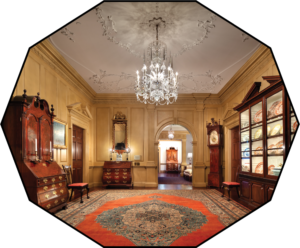
Some of the oldest, finest art and antiques in Washington sit not in a Smithsonian museum but on the top two floors of the Department of State’s Harry S. Truman Building.
There, you can get up close to the writing table on which the Treaty of Paris, establishing America’s independence, was signed in 1783. You can admire a Gilbert Stuart painting of George Washington or a map of Virginia drawn by Captain John Smith or a silver teapot made by Paul Revere and owned by John and Abigail Adams.
These are just a few of the more than 5,000 treasures housed in the 42 period-style spaces known as the Diplomatic Reception Rooms. Relatively few people–those invited to meetings of foreign dignitaries or to functions such as an ambassador’s swearing-in–have been inside. But free public tours, suspended during Covid, are set to resume this month. Check diplomaticrooms.state.gov for information.
As detailed in the new book America’s Collection, these rooms exist thanks to Clement Conger, a curator who oversaw their decades-long transformation into showcases of 18th- and early-19th-century American art and furnishings. Every dollar spent and every object has been donated.
Photographs of tower by Maxwell MacKenzie.
Photograph of Gallery of Icons courtesy of National Inventors Hall of Fame.
Photograph of GW Textile Museum by Denny Henry.
Photograph of National Cryptologic Museum courtesy of museum.
Photographs of State Department rooms by Durston Saylor.
This article appears in the January 2024 issue of Washingtonian.
